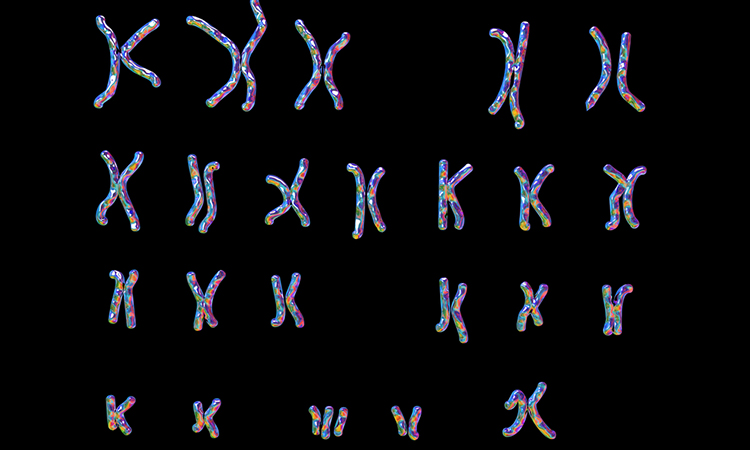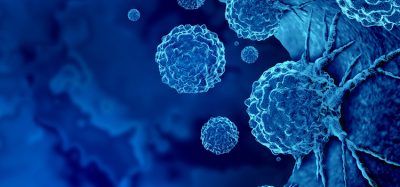Genetics behind facial and skull changes in Down Syndrome mouse model
Posted: 28 April 2023 | Izzy Wood (Drug Target Review) | No comments yet
Progress in identifying the gene responsible for facial and skull changes in mouse model of Down Syndrome, made by UK researchers.

Researchers from the Francis Crick Institute, University College London, and King’s College London, UK, have made progress in identifying the genes responsible for changes in the face and head structures of mice with Down Syndrome.
The study, published in Development, found that the third copy of the Dyrk1a gene and at least three other genes were responsible for craniofacial dysmorphology or the abnormality in the shape of the skull and face that is characteristic of Down Syndrome.
Down Syndrome, which affects one in 800 live births, is a “gene dosage disorder” that involves changes in the number of copies of a gene. People with Down Syndrome have three copies of chromosome 21 instead of two, causing certain aspects typical of Down Syndrome. However, it is unclear which genes are responsible for these effects.
To address this, the researchers created mice with duplications of three regions on mouse chromosome 16, mimicking having a third chromosome 21. The mice showed traits associated with Down Syndrome, including changes in the shape of the face and skull. The researchers then tested how the gene Dyrk1a impacted craniofacial dysmorphology.
The researchers found that mice with an extra copy of Dyrk1a had a reduced number of cells in the bones at the front of the skull and in the face. The cartilaginous joints at the base of the skull called synchondroses were also abnormally fused together. These effects were partly reversed when the third copy of Dyrk1a was removed, indicating that three copies of Dyrk1a are necessary to cause these changes in the skull.
The study showed that Dyrk1a is so key for craniofacial dysmorphology that it’s highly likely that it’s involved in other changes in Down Syndrome too. In addition to Dyrk1a, three other genes were also found to contribute to the changes in the skull, but more research is needed to confirm their identity.
The researchers used shape-measuring tools to map the changing skull shape of the mice. These tools showed changes in skull shape that were remarkably similar to those seen in people with Down Syndrome. This research is part of an ongoing project to understand the genetics of Down Syndrome. The researchers will next aim to identify the genes involved in heart defects and cognitive impairment.
Related topics
Animal Models, Gene Testing, Genetic Analysis, Targets
Related conditions
Down syndrome
Related organisations
Francis Crick Institute, King's College London, University College London







